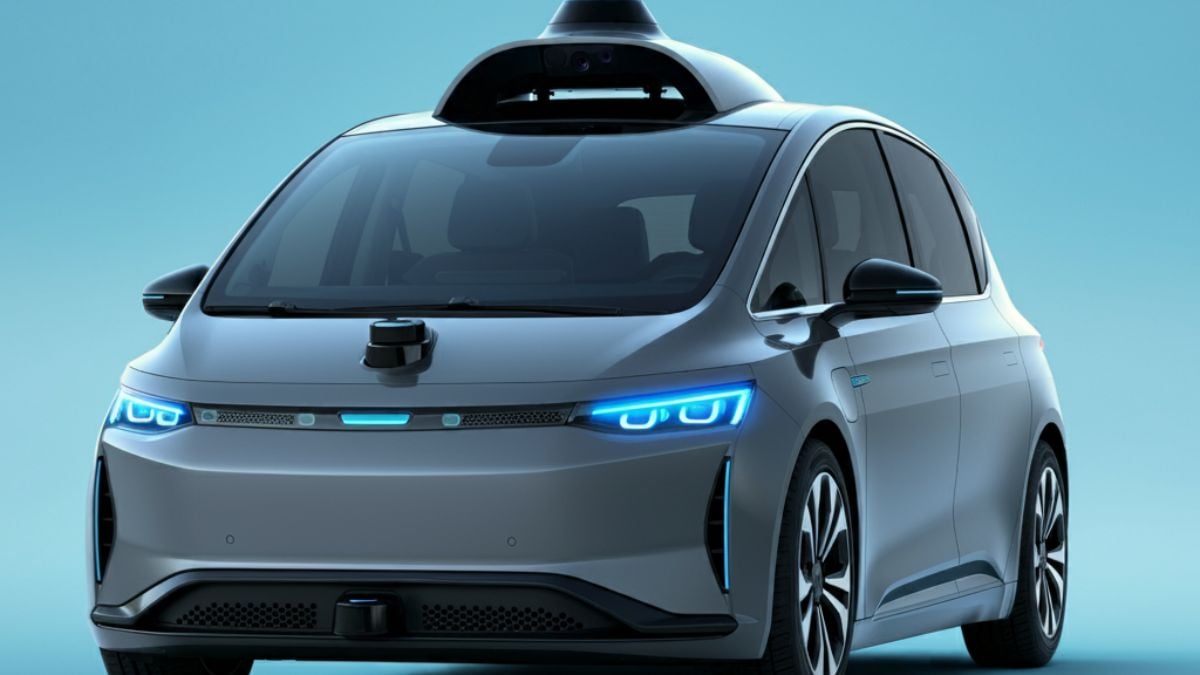Lenovo’s standardized NVIDIA Drive Orin solution should lead to better, faster, cheaper autonomous drive and entertainment options in cars that are far easier to implement, service, support, install, and maintain.
This week, Lenovo surprised the automotive industry by announcing that they were going to build NVIDIA Blackwell-Based Drive Orin units for the electric autonomous car market. With a whopping 2000 TOPS, this module should make a big difference in support and standard autonomous car offerings that can outperform what is currently in the market.
As cars become more computerized, it makes more sense that computer companies that understand how to update software, cool, and maintain advanced hardware build that hardware and Lenovo is stepping up.
The Problem With Car Companies And High-Tech
I first became aware that car companies didn’t get high-tech when I was invited into a meeting at GM to discuss their OnStar technology by an old client who wanted me to convince them that the typical way of doing things at car companies, where it takes 3-5 years to apply advancements, wasn’t going to work with technology that moves far faster.
Shortly after I bought it in San Diego, California, an old friend of mine had his OnStar-enabled truck stolen. It took him so long to get the approvals needed to brick the car that, by the time he got them, it was in Mexico and lost, showcasing a critical weakness in the effort.
High-tech companies know how to build, service, repair, and assure high-tech products. But companies like NVIDIA aren’t in the business of providing offerings like this. They supply parts of solutions and leave it up to OEMs and service providers to complete them and supply what they aren’t able to do well.
So, it was only a matter of time before NVIDIA found a partner to build their market-leading Drive Orin part, which would then be sold to automakers as a solution.
Drive Orin
Drive Orin is a fascinating piece of technology in that it is a brain, or supercomputer, in a box. It is designed to consolidate the multiple processors currently being used to manage car operations while having the capability to drive the car (initially at level 2++ but eventually at level 3 or 4). In Lenovo's configuration, Drive Orin is built around NVIDIA’s massive Blackwell AI hardware solution.
Blackwell is interesting because it is insanely powerful, having around 2000 TOPS or Tera Operations Per Second. It is power intensive but more capable than multiple processors, which would require even more energy, and it runs hot.
This means it needs an aggressive custom cooling solution to work, and as tech tends to be fragile, it needs a casing that will survive the kind of weather a vehicle will experience.
Lenovo
Lenovo is currently the market leader in PCs. With their Motorola unit, they are one of the strongest Apple competitors in the market (recent studies indicate 1 of 5 new Motorola Razr customers swap out their iPhones for this popular folding Smartphone). They are also the heaviest user of AI. This side of NVIDIA makes them expert at deploying AI solutions, and they build their hardware, which once was common but now is nearly unique to the computer market, which typically outsources manufacturing today.
They also lead the market with Neptune's warm water-cooling technology, designed to cool high-capacity cloud server processors similar to NVIDIA’s Blackwell. Lenovo’s CEO drives an Aston Martin as his daily driver, and while he recently sold his Ferrari, he is known to be a performance car guy.
Finally, they are one of the major military suppliers of PCs, so they understand hardened standards and how to build small computers, making them the ideal supplier of automotive technology.
Wrapping Up:
NVIDIA’s autonomous driving technology is currently the most advanced and well-trained due to its unique Omniverse training technology. However, NVIDIA needed a partner that could turn this technology into a complete product that could be installed, serviced, and maintained.
Lenovo became the ideal partner due to its technological advantages, experience, and CEO’s fascination with cars. The result should be a relatively standard general automotive solution that not only enables autonomous driving but also reduces the massive complexity of in-car technology, resulting in cars that are more easily serviced, updated, and maintained.
This should speed up autonomous driving to the market and make the result far more standard among automakers. This opens the potential for having your old car train your new one, significantly reducing the training time users would otherwise need to do to make their autonomous car uniquely customized for their needs.
Rob Enderle is a technology analyst at Torque News who covers automotive technology and battery development. You can learn more about Rob on Wikipedia and follow his articles on Forbes, X, and LinkedIn.





